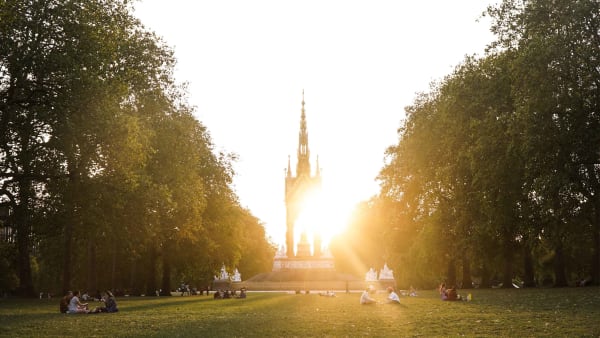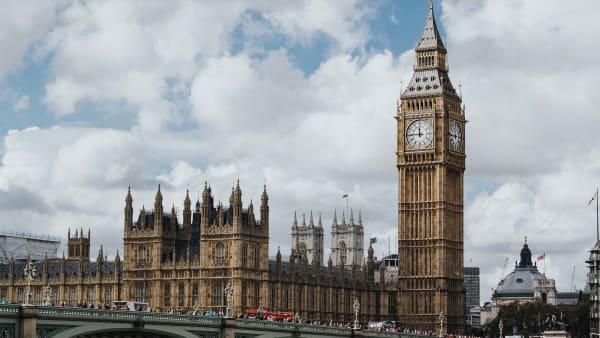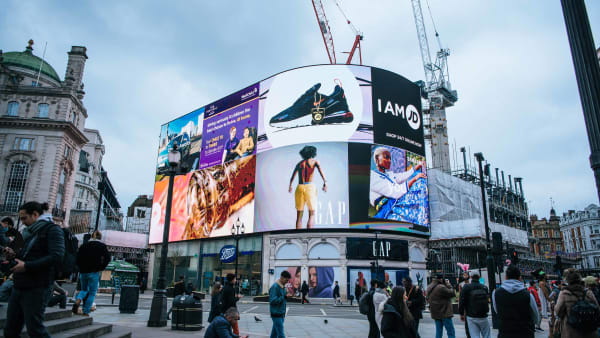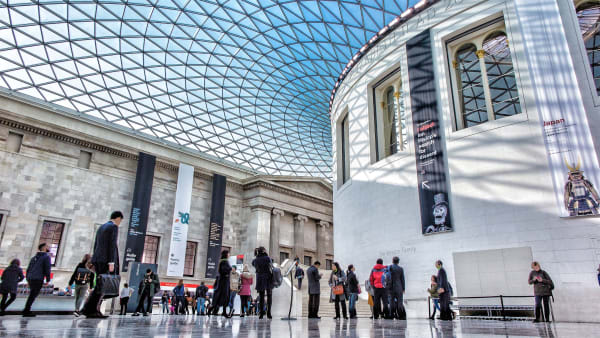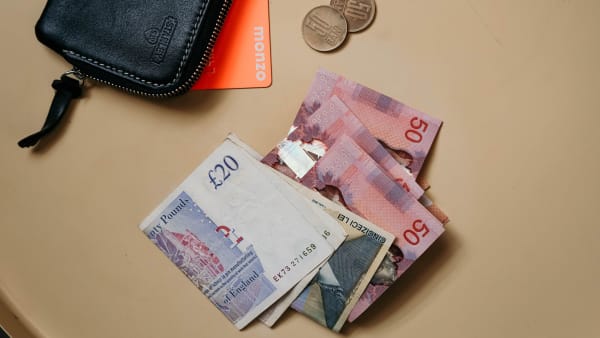Where to stay in London
Learn all about the best areas to stay in London depending on the holiday you’re planning and find the perfect accommodation for you.
Where to stay in London
Learn all about the best areas to stay in London depending on the holiday you’re planning and find the perfect accommodation for you.
London is such a large city that it can feel daunting to understand which areas represent a good choice and where you can stay. Here you can find our guide to the city’s most popular neighbourhoods and to London’s different kinds of accommodation.
You’ll learn which areas are known for what, what kind of vibe you can expect from each, and the different types of activities they are most apt for. All the neighbourhoods mentioned here are either in London’s Zone 1 or Zone 2. This is where the great majority of the sights, monuments, historical buildings, and museums are and where you’ll be spending the majority of your time.
Even if you don’t end up staying in any of these neighbourhoods, we recommend you still remain within the confines of the first two zones, especially if you’re staying for a short time. This will reduce your commute time, which is essential if you’re trying to see as much of London as possible. Nevertheless, expect to take the Tube or a bus at least a couple of times a day to reach the different sights.
Because of this, a general piece of advice is to choose accommodation that is close to an Underground stop. After going over the different areas, we’ll also tell you about the different accommodation establishments you can find in London and what you can expect from each of them.
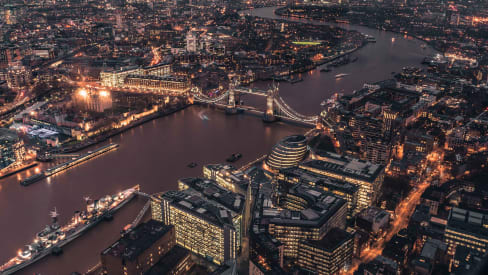
Soho
Soho is one of the most central neighbourhoods in London. Therefore, if you stay here you’ll be close to many of the city’s main attractions. By staying in this energetic neighbourhood, you’ll also enjoy the bustling nightlife and busy streets all day long. Soho is the perfect place if you’re an active traveller who likes to feel like they are in the very heart of the city.
.
Covent Garden
Although small, Covent Garden is another buzzing and lively neighbourhood. It is close to a lot of well-known attractions, but it is famous for its markets, pubs, and restaurants. Here you can also find lots of independent shops and museums, so we particularly recommend Covent Garden to first-time visitors.
.
Southbank
On the other side of the River Thames compared to many other popular neighbourhoods, Southbank has still plenty of important attractions that make it a cultural centre. Among them are the London Eye, the Borough Market, and the Tate Modern. We recommend this area to people who like the big city feel and hypermodern architecture.
.
Mayfair
Mayfair is one of the most exclusive and stylish neighbourhoods you can find so close to the city centre. The area is recognisable by its dazzling architecture and eye-catching luxury stores. Mayfair is close to some of the most beautiful parks in London, including Hyde Park, Green Park, and St. James Park - which makes it close to Buckingham Palace as well.
.
Shoreditch
Shoreditch is considered one of the trendiest neighbourhoods in London, especially by young people and students. It is a centre of culture and art, with lots of vintage shops, street art, music bars, hip clubs, and different types of cuisines.
.
Marylebone
Marylebone is a chic residential neighbourhood of London. Even with its central position, Marylebone has maintained the atmosphere of an elegant village within the confines of London. This area is perfect for families who prefer to stay in a peaceful area with lots of museums and small shops and restaurants.
.
Notting Hill
This is a rather touristy area, especially around Portobello Road Market. It certainly has a quirky and romantic personality, with its artisanal craft shops, antique stores, and general artsy feel. The area and the streets are less spacious than other parts of London, so you can expect to find smaller hotels and bed & breakfasts.
.
Camden
This neighbourhood, a bit further away from the city centre, is famous for its unique character. Camden is known for its counter-culture aesthetic, its young crowds, the fantastic food variety, and the live music venues, which make it a favourite among young visitors. If you stay here you’ll get a chance to live by the ever-busy Camden Market while being only a few minutes away from Regent’s Park and the London Zoo.
.
Chelsea and Kengsington
These neighbourhoods are two extremely upscale areas of London, although not as central as Mayfair. Kensington and Chelsea are the places for you if you’re looking for classic British architecture, Victorian townhouses and chic boutiques. The vibe here is definitely high-end and posh, so you won’t find much in terms of nightlife or budget-friendly hostels.
.
Now, onto the different kinds of accommodation you could find in the city. There are mainly four types of accommodation you could find in London: hostels, bed and breakfasts, apartments, and hotels.
Hostels
Generally, hostels are the cheapest kind of accommodation available in the city. Typically, in a hostel, you pay for a bed in a shared dorm - even though there are places that offer private bedrooms. Sometimes, these kinds of establishments provide breakfast, but more often than not, you’ll have use of a communal kitchen and you will have to cook the meals yourself.
For this reason, hostels are ideal for people staying only for a short while, normally backpackers and young tourists. Hostels can also be a great solution if you are travelling with a big group of friends and can book an entire dorm for yourselves.
The average cost of a bed in a hostel in central London goes anywhere from £15.00 to £40.00 a night, depending on how early you book.
.
Bed and Breakfasts
These are the most affordable kinds of accommodation after hostels. Being usually family-run, Bed and Breakfasts are more comfortable and homey than other types of establishments. Usually, they have private bedrooms and (it’s in the name), they provide their customers with breakfast.
Bed and Breakfasts are ideal for people that would like something a bit more intimate and humble than a hotel but still want some privacy in a quiet room during their stay.
Average prices for a B&B in London go anywhere from £45.00 to £100.00 per night. As prices for a single bed or a double bed are the same, it is obviously more convenient to travel with someone else.
.
Apartment
If you book an apartment, you’ll have an entire place to yourself, all facilities included. Apartments generally allow for more independence than hotels or other kinds of establishments. That also means you will normally have to provide meals yourself.
Apartments are a great solution if you are travelling in a group, perhaps with friends or family, and want to be able to spend time together without having to worry about respecting a hotel’s timetable. We wouldn’t recommend getting an apartment if you’re travelling alone, as that would mean having to absorb the entire cost yourself.
Average prices for a vacation rental in London go anywhere from £90.00 to £200.00 per night.
.
Hotel
Hotels are generally the most expensive option per person out of the four. They come fully serviced and usually have a restaurant that can provide meals aside from breakfast (which is normally included).
Hotels should be your go-to option if you want a worry-free stay where everything is prepared for you beforehand.
The average cost of a hotel in central London can go anywhere between £60.00 and £250.00, depending on the establishment’s star rating.
.









